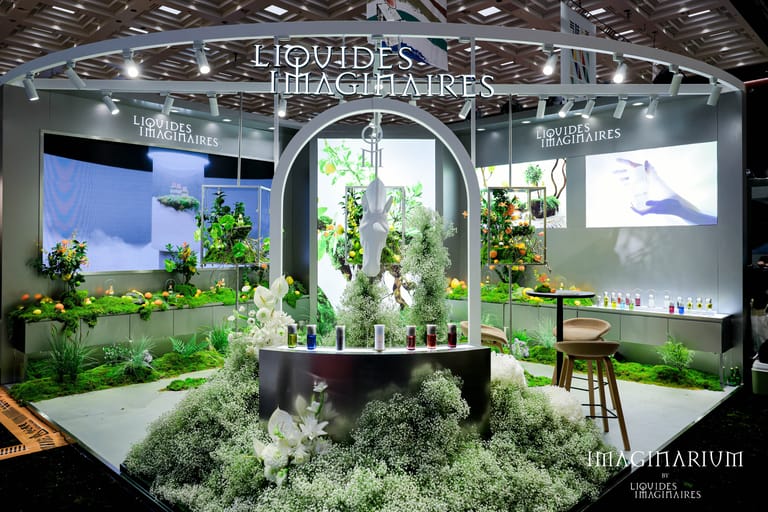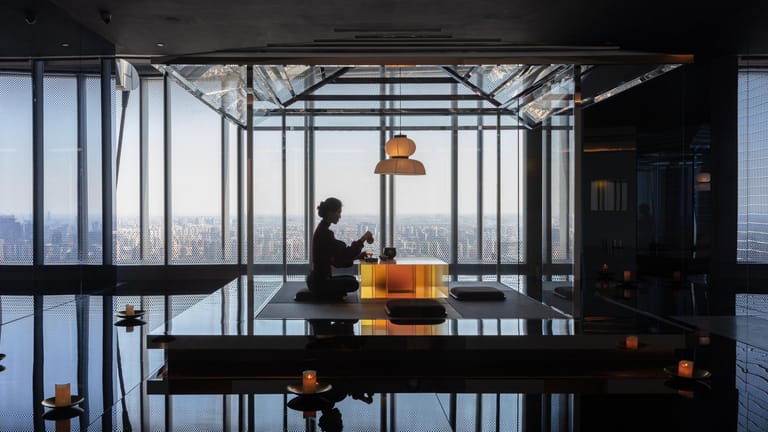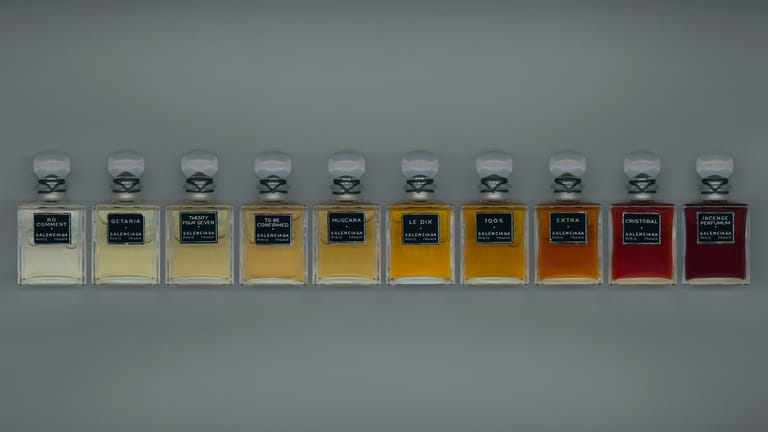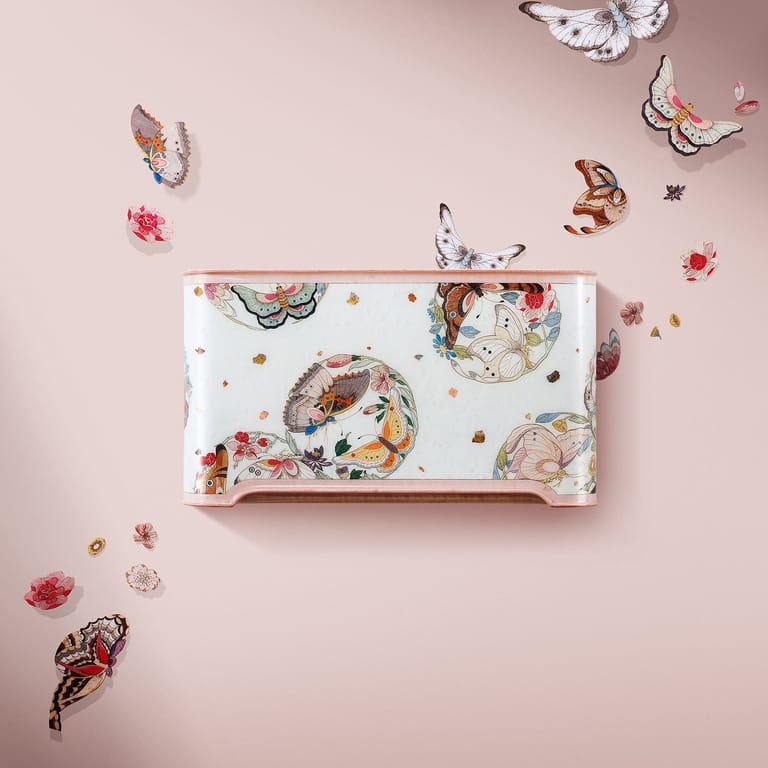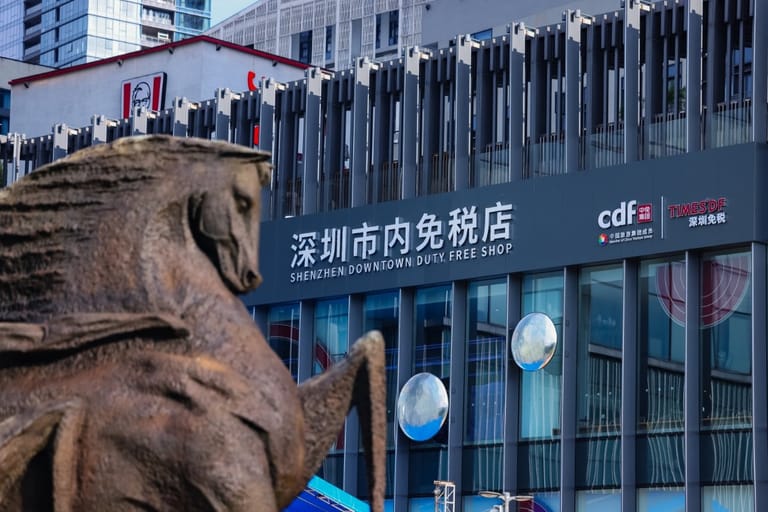When Sleep Meets Beauty: Insights from Asia’s Rising Sleep Economy
By
Charlie Gu
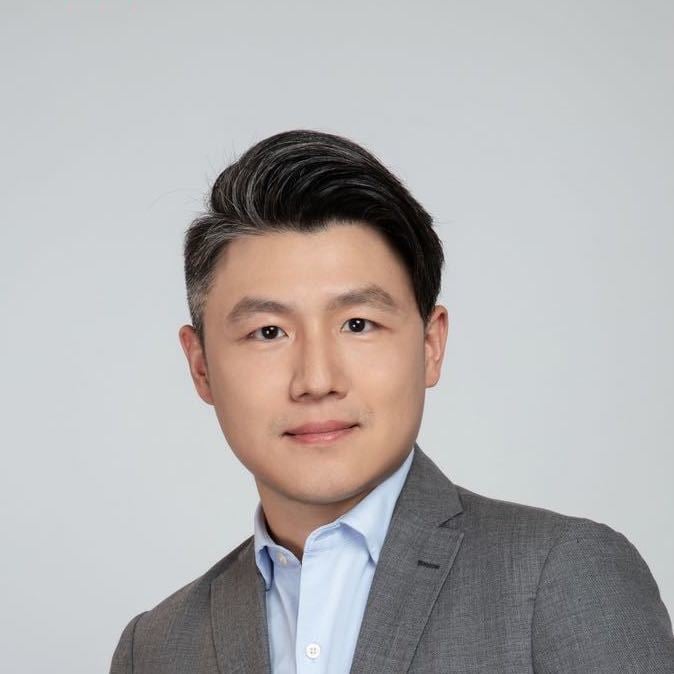
Published on
April 8, 2025

In a fast-paced region where work culture, digital connectivity, and social pressures collide, sleep has become more than just a health concern—it’s now a vital pillar of beauty and wellness. During a recent Cosmoprof Worldwide Bologna session titled “Pillow Talk: Unlocking Opportunities in Asia’s Growing Wellness and Sleep Economy for Beauty Brands,” industry experts delved into why rest, relaxation, and holistic care are commanding the spotlight in Asian beauty markets.
Conceptualized by the Chinese Pulse and moderated by Charlie Gu (CEO of Jingzhi Media Group), the panel featured perspectives from Yumi Kim (Digital Marketer & Influencer Specialist), Dominique Petruzzi (Statista), Sophia Dumenil (The Chinese Pulse), Demi Shi (Douyin E-Commerce Global) and Linn Weilar (Orien Trade). Below are the key takeaways and insights shared on how brands can tap into this expanding “Sleeponomics.”
The Cultural Context: Why Sleep Is Paramount in Asia
Asia’s intense work culture has spawned phrases like China’s “996” (9 a.m. to 9 p.m., six days a week) and Japan’s “karoshi,” which translates to “death by overwork.” In South Korea, similar expectations lead to an average sleep duration that’s noticeably shorter than in many Western countries. According to Yumi Kim, “The average sleep duration for South Koreans is around 6 hours and 58 minutes, about 18 percent less than the OECD average.” She emphasizes that this lack of rest is even more pronounced among the Millennials and Gen Z demographic, who average under six hours per night.
The sleep deficit is further exacerbated by lifestyle factors unique to the region. Factors like around-the-clock food delivery, late-night screen habits, and academic or professional demands compound the problem. The COVID-19 pandemic has also intensified these challenges, with remote work blurring the boundaries between professional and personal time.
For Sophia Dumenil, cultural and societal pressures cannot be overlooked. “Competition and hierarchy are deeply rooted in places like China,” she notes, “especially for single children who bear immense parental and grandparental expectations.” Adding to this is the drive for perfection in South Korea, where K-pop idols and survival shows underscore society’s relentless pursuit of flawlessness.
These multi-layered stressors have fueled a growing interest in restorative practices—from TCM (Traditional Chinese Medicine) foot-soaking rituals to modern meditation apps. The resulting wellness movement has created fertile ground for beauty brands to address sleep-related concerns.

Sleep as a Beauty Essential
What sets Asia apart is the direct link between rest and outward appearance. “In Asia,” Dumenil explains, “if you are beautiful on the outside, you are seen as healthy on the inside. So being well-rested is critical to looking and feeling your best.” Consumers are acutely aware that poor sleep shows up as dull skin, dark circles, or premature aging. This is where skincare brands and wellness companies step in.
The connection between sleep quality and skin health is particularly strong in markets like Japan and South Korea, where “skin-first” beauty philosophies have long dominated. Linn Weilar from OrienTrade pointed out that consumers in these regions understand that cellular repair and collagen production peak during deep sleep phases, making quality rest an essential component of any effective beauty regimen. “Beauty sleep is real. Your skin is in recovery mode between 10 p.m. and 2 a.m.,” commented Weilar.
Dominique Petruzzi underscores the market potential: “Asia is one of the leading regions for both wellness and beauty, and consumers’ interest shows the intersection of the two is stronger than ever. They don’t want quick fixes; they want long-term results that help them feel and look better. Sleep is central to that holistic approach.”
“Sleeponomics” and New Product Categories
Kim coins the term “Sleeponomics” to describe the growing market for rest-focused goods. Once confined to bedding or generic nighttime products, the category now spans overnight masks, serums, heated sleep patches, and even TCM-inspired herbal solutions. “In Korea,” she notes, “consumers love convenience and multi-use. Products that work while you sleep—like sleeping masks or all-in-one serums—are very popular. They address multiple skin concerns and fit hectic schedules.”
Petruzzi sees a parallel trend: “Multifunctional overnight products align with the idea of ‘passive beauty.’ You simply apply them before bed, and they work while you sleep, offering hydration, anti-aging benefits, and skin barrier repair—without adding more steps to an already frenetic day.” Tech-savvy consumers are also flocking to sleep-related gadgets that monitor rest or create calming environments through scents, sounds, or gentle warmth.
Sleeponomics is also reshaping the beauty industry in China. “As consumers increasingly view quality sleep as integral to beauty, brands are responding with innovative solutions that combine skincare with stress relief, and supplements aimed at better skin and hair, “ says Demi Shi from Douyin E-Commerce Global. “This is more than just a sleep trend—it’s a holistic approach to wellness, offering beauty benefits from the inside out,” she added.
Bridging Tradition and Modern Demands
While advanced tech and sleek packaging intrigue younger consumers, Dumenil points out that traditional practices retain significant clout. “Health and self-care are deeply rooted in Asian culture,” she says. “Older generations already follow TCM-based routines—sleeping and waking early, following strict diets, and using herbal remedies. Younger people, after experiencing burnout from digital overload and long hours, are now returning to these roots, mixing them with apps, immersive night routines, and creative updates to TCM methods.”
This revival of traditional wellness practices presents a unique opportunity for brands that can authentically bridge ancient wisdom with modern convenience. Products incorporating traditional ingredients like ginseng, goji berry, or pearl powder alongside cutting-edge delivery systems are finding particular success. This blending of old and new calls for authenticity and understanding from brands. Consumers can quickly distinguish between superficial appropriation and genuine appreciation of cultural practices.
Marketing and Community-Building Strategies
To stand out in the competitive space of Asian wellness and beauty, brands must go beyond product-centric campaigns. Kim recommends a strategic influencer approach: “Look for creators in the wellness, beauty, or lifestyle categories who genuinely share their sleep routines. Focus on engagement and alignment with your brand message over raw follower counts.” Livestreaming, Q&A sessions, and real-time product demos can create a sense of intimacy and trust.
Dumenil highlights another powerful method: building an authentic community around a brand. “Offer meditation sessions, podcasts, or playlists—something that supports the consumer’s night routine or stress relief,” she suggests. “You’re showing you care about their overall well-being, not just the transaction.” For non-Asian brands tapping into TCM or other cultural practices, a collaborative approach is crucial. Partnering with local experts or influencers can lend credibility and avoid cultural missteps.
Looking Ahead: Opportunities for Brands
From a data perspective, Petruzzi notes that “the interest in supplements is very high, and technological gadgets are also appealing—particularly to tech-savvy consumers wanting personalized solutions.” With skincare already being the largest global beauty category, overnight masks and serums designed for “passive beauty” have strong staying power. Consumers appreciate products that improve sleep quality while also addressing common skin concerns like dryness, wrinkles, or irritation.
Emerging technologies like AI-powered sleep analysis and personalized formulation systems represent the next frontier in this space. Brands that can offer customized solutions based on individual sleep patterns and skin concerns will likely capture significant market share in the coming years.
Asia’s sleep economy appears poised for sustained growth. As stress, urbanization, and digital connectivity continue to shape consumer lifestyles, solutions that integrate seamlessly into busy routines are a natural fit. However, brands must prioritize genuine storytelling and cultural sensitivity. Whether it’s tapping into TCM or forging the next high-tech innovation, success hinges on understanding the emotional and physical needs driving Asia’s consumers toward better rest—and ultimately, better beauty.





